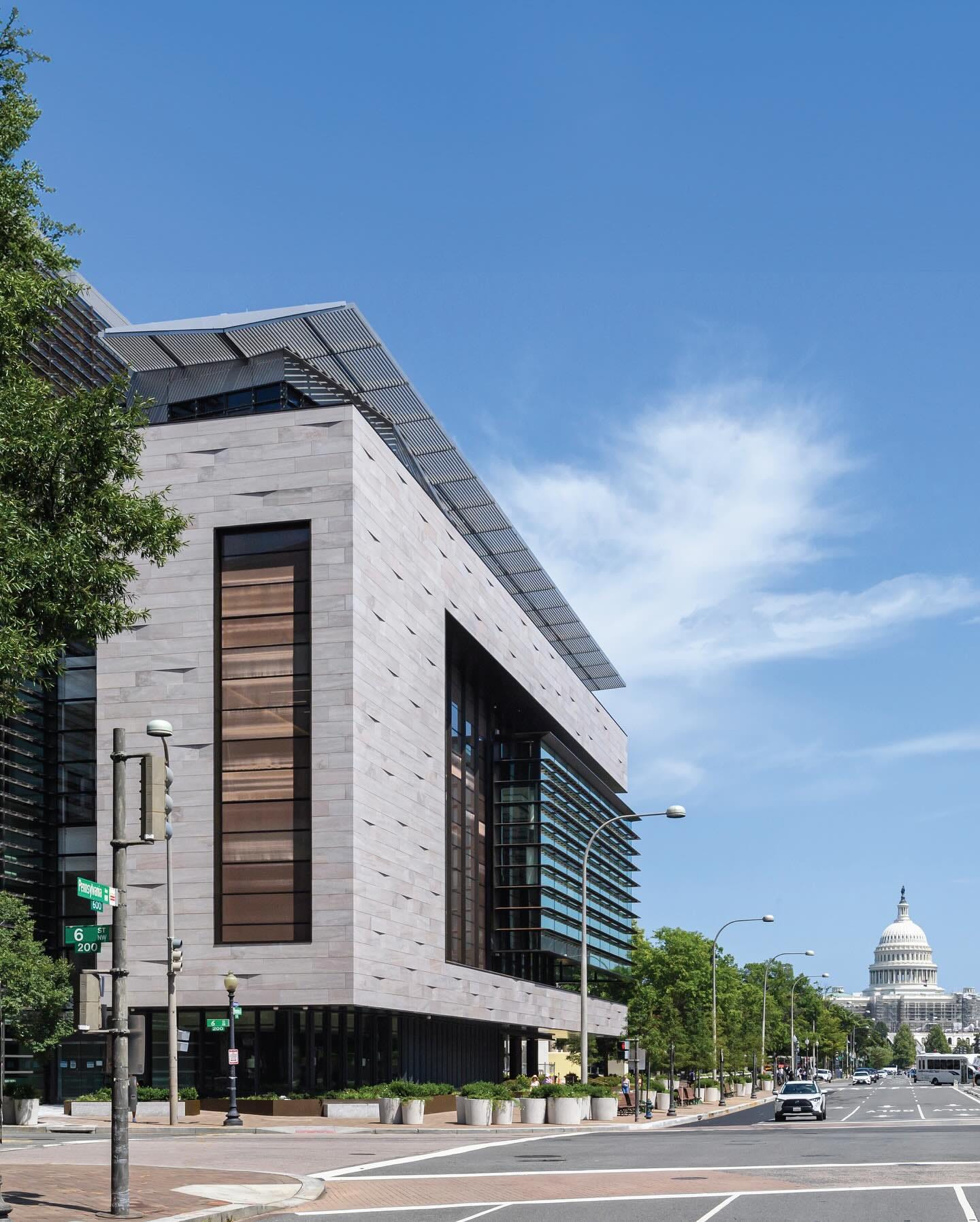Tap, tap. Is this thing on? It’s been awhile. Let’s start with a bang. I’ve got some professional news to share.
I will be leaving Cornell’s Government Department to join the faculty of Johns Hopkins University’s School of Advanced International Studies (SAIS) in Washington, DC as the A. Doak Barnett Professor of China Studies. You can see the SAIS press release here.
Doak Barnett is my academic great grandfather, my advisor’s advisor’s advisor. To spell that out: my advisor is Stanford’s Jean Oi, her advisor at the University of Michigan was Michel Oksenberg, who studied at Columbia under Doak Barnett in the 1960s. In 1969, Barnett left Columbia for DC, first at Brookings before moving to SAIS in 1982. C-SPAN archived some of his appearances here. As names of titles go, it’s a slam dunk. That being said, Cornell has been a wonderful home for me, and Ithaca is, indeed, gorges. Leaving is bittersweet to say the least.
SAIS recently relocated from its former Dupont Circle complex to the astounding Bloomberg Center at 555 Pennsylvania NW (the former Newseum). The NYT’s architecture critic Michael Kimmelman raved about the campus, and Adam Tooze called it “flipping gorgeous” at a live taping of his podcast.

If you’re in DC or coming through, let me know! I will get a JHU email address … sometime, but I see replies/comments here and spend too much time on Bluesky. I’ve basically given up posting on Twitter/X though I occasionally still dip my toe in it (like for dustups like the Hochul debacle on congestion pricing in NYC). I guess now that I’m going to be in DC I’ll have to be on LinkedIn? What a world.
Tips about Sichuanese restaurants that don’t require a drive to Rockville would be especially appreciated.
What does all of this mean for you, my esteemed and learned subscribers? Probably very little though I do hope to post with more frequency. I’m planning on having broadly three kinds of posts: (1) short essays along the lines that I’ve done previously, (2) reviews or reactions to things I’m reading, and (3) parts of the next book project. I suppose there will also be posts that just share news (like this one!) or link to pieces that I wrote elsewhere.
Posts that I’m working my way through:
Bread and Circuses, Saudi Edition
The Vibes Are Wrong (Review of The Price is Wrong)
EV/Solar Tariff Reactions
Limits to Degrowth in China
Things I’ve been reading:
Melanie Brusseler and Sandeep Vaheesan going for it in Heatmap. What If We Just Nationalize the Power Grid?
As this FERC activity suggests, the grid is already subject to great public regulation, but this regulatory architecture still falls well short of the public control necessary to treat the grid as a vital common resource whose transformation must be proactively planned and precisely delivered at the system-level. Through public planning and development, we can overcome this structural fragmentation and counteract private utilities’ low propensity to investment across the transmission system. We need a centralized system of public planning, funding, and construction of transmission facilities. We need to nationalize the grid.
The FT publishes on China’s EVs almost every day, but the conversation about rarely goes beyond the US/Europe/China troika. As the byline of this one highlights (Edward White in Shanghai, Michael Pooler in São Paulo, A. Anantha Lakshmi in Jakarta and Christine Murray in Mexico City), that limitation ignores most of the planet. China’s plan to sell cheap EVs to the rest of the world
“It is tough to tell a country in the developing world, ‘Hey, you shouldn’t want to have more factories or refining because it’s Chinese investment’,” she says. “With the [Belt and Road Initiative] there was a credible argument that a lot of debt is not going to be sustainable . . . but here if they open factories, they hire local people, then in the minds of the leaders of these countries, ‘why not?’.”
Hamilton Nolan believes in the housing theory of everything. Housing Is The Economy
To be fair, the Biden administration has also announced a plan to increase housing supply. This is both the correct policy priority, and a political recognition that the inflation that voters keep screaming about in polls is driven most strongly not by $5 cartons of eggs but by $2500-per-month one bedroom apartments. To give you an inkling of the scale of our need for affordable housing, more than 400,000 people have applied just to get on the 200,000-person long wait list for subsidized Section 8 housing in New York City—a wait list that has not been opened for the past 15 years. And most people won’t even get on that! And this is just in New York City! And if your response to that is “hey let’s just build public housing units for all 400,000 people,” that sure sounds nice, but brother I am here to tell you that there are only 177,000 total NYC public housing units right now, and that represents the sum total of all that have been produced in the city’s history, and they don’t even fund the ones that exist adequately right now. So practically speaking, saying “just build public housing” is the equivalent of saying “just give everyone magical castles.” It is a nice goal but it ain’t happening any time soon and in the meantime, everyone needs affordable housing. To reiterate: the only long term path to bringing housing prices down to an affordable level is by building enough housing supply to meet total demand. Build more. Much more.




Onward and upward! Congratulations on the move to SAIS.